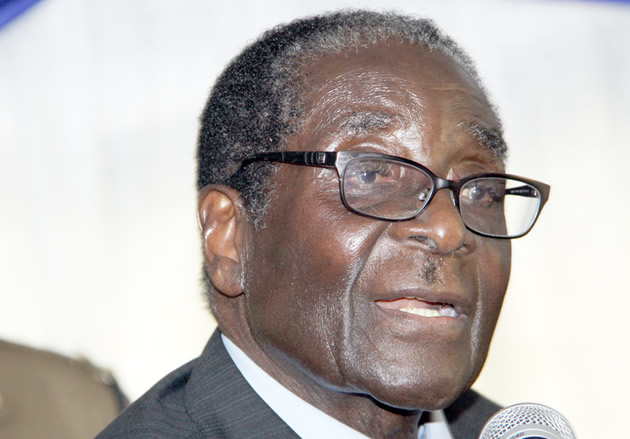Value addition must be Sadc’s eternal theme

President Mugabe took over the chairmanship of Sadc on Sunday.
The theme for the two-day ordinary summit, Sadc’s 34th which ended in Victoria Falls yesterday, was “Sadc Strategy for Economic Transformation: Leveraging the region’s diverse resources for sustainable economic and social development through beneficiation and value addition.”
That would be the theme for all Sadc work for the next 12 months of President Mugabe’s term. A theme is very important to all human endeavours as it gives focus. Like an economic plan, it provides strategic direction and enables those implementing it to marshal resources, human and material, towards the achievement of that theme, or goal. It, however, does not mean that everything else would have to be ignored as resources are invested exclusively into the theme.
People and organisations have too many goals that have to be achieved in their lives, but achieving them all simultaneously is often impossible. Therefore, we stand a better chance of at least achieving some if we single out particular targets and work systematically towards achieving them and thereafter switch on to new ones.
The 12-month focus, which exhorts Sadc to seek economic transformation through exploiting its natural resources through value addition, comes at an important stage in the region’s quest for socio-economic wellbeing. It reminds governments in the 15-member grouping to look more at what natural resources they have and devise policies and programmes to add value to them to enable durable socio-economic impact.
It reminds governments that we can only industrialise if we add value to the natural resources we are richly endowed with. In other words, the simple message is that we must feel challenged whenever we load raw chrome, bullion, or bales of cotton or tobacco on planes or ships for processing in Europe or the US. The theme tells us to stop stealing from ourselves, effectively; to stop impoverishing ourselves by carting off raw and semi-processed goods abroad and import them later as expensive finished goods and still feel good about that.
“Our region has abundant resources,” said Sadc chairman, President Mugabe in his acceptance speech on Sunday, “which resources, instead of being sold in raw form, at very low prices, must instead be exploited and beneficiated, in order to add value and cost to those products which we eventually export. This process should assist us in our efforts to industrialise, and in turn, increase employment opportunities for our people.
“Excellencies, distinguished guests, Sadc should also wean itself from exporting raw materials, but instead seek to create value chains that lead to the exportation of finished goods. I am confident, that in our discussions, we will lay a foundation for the necessary strategies, as well as a plan of action on the beneficiation and value addition of our natural resources. Our material resources are capable of playing a pivotal role in the development of all Sadc member states.”
The time to think about industrialising and value addition is over; now is the time for deliberate policies and programmes towards achieving them.
South Africa beats all of us in regard to value addition and beneficiation. Of course, there is that stubborn question on the quality of that industrialisation – how democratic it is, how racially representative it is.
Zimbabwe, since 2000, has been implementing policies aimed at attaining industrialisation. For example, government banned raw chrome exports, ordered platinum miners to set up a refinery locally and just last week, unveiled a grand plan to expand our cigarette manufacturing capability from two billion to 10 billion sticks.
Achieving industrialisation is possible. Sadc is the world’s remaining treasure trove of unexploited minerals. The biggest two platinum producers are in Sadc – South Africa and Zimbabwe. Some of the globe’s rarest minerals are available in Sadc, only in the DRC.
Above all, we have the conditions to enable that resource extraction and value addition to take place – peace and stability.
We note, however, that the industrialisation will not be achieved in the next 12 months, but that period lays the foundation for governments in the bloc to always craft and implement policies and programmes for that objective to be realised. That focus blends well with the Regional Indicative Strategic Development Programme. Launched in 2005, the RISDP has been guiding regional activities and will do so until 2020. It is largely a regional integration framework aspiring for a common Sadc currency, free trade area and the like but industrialisation is also covered under that plan.
Beneficiation should not be a 12-month theme, but define Sadc activities beyond. It is the strategy that must define the way the bloc operates. When industrialisation is attained, Sadc would have transformed its hard-earned political independence into economic independence.











Comments